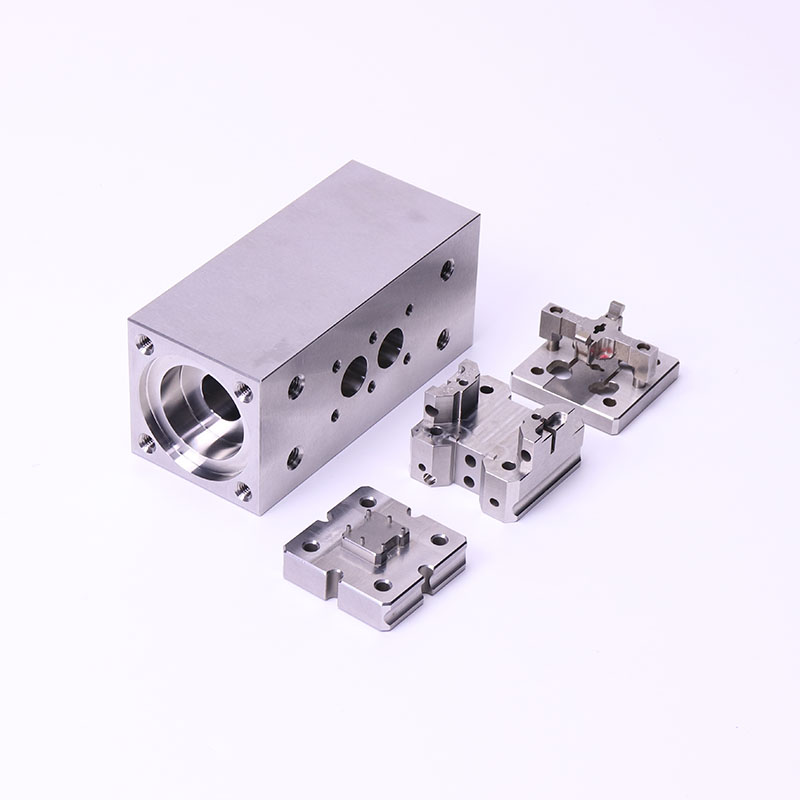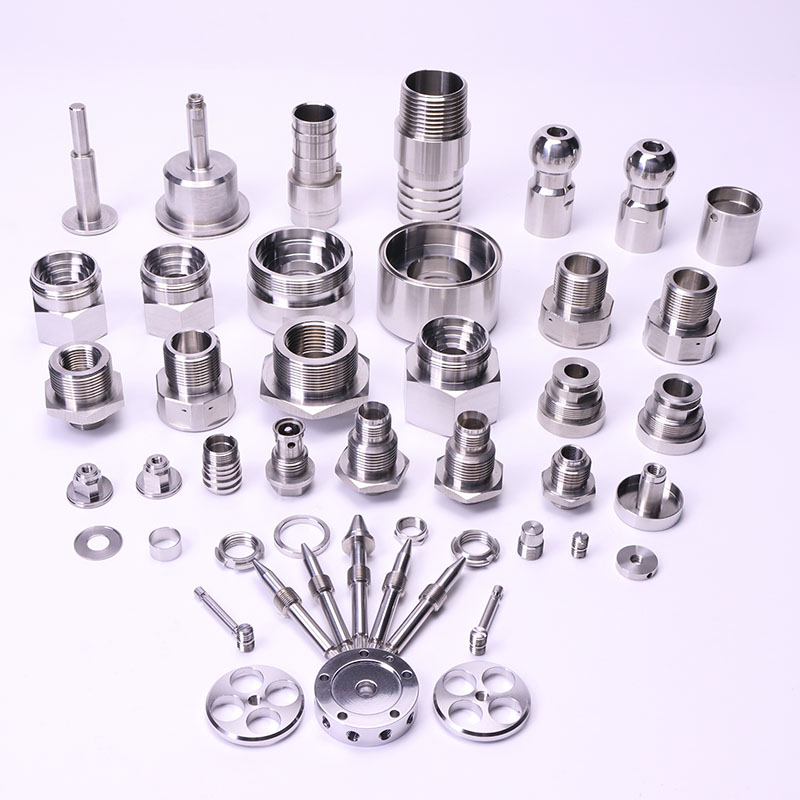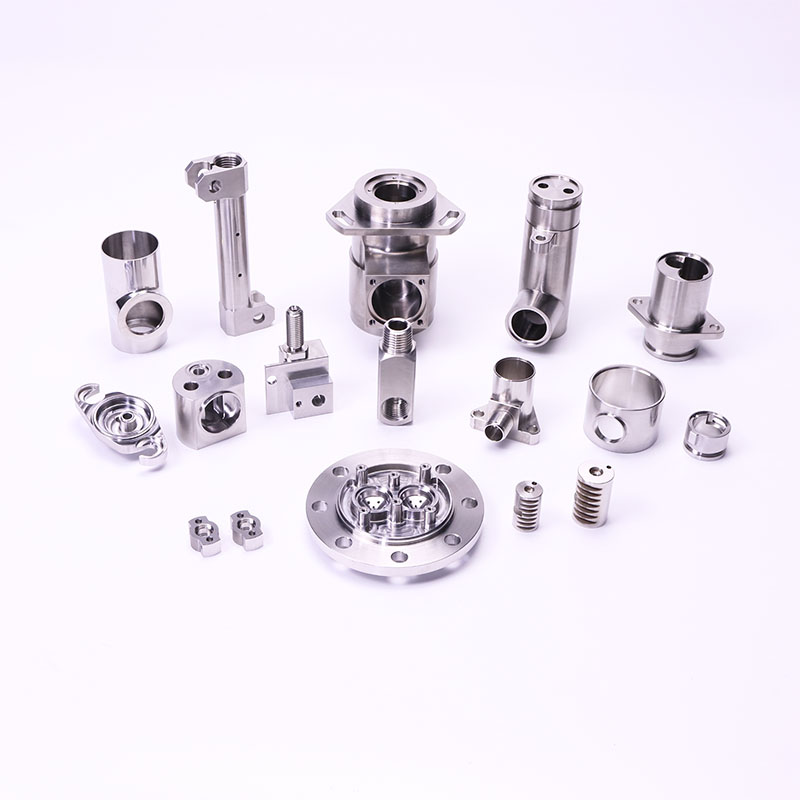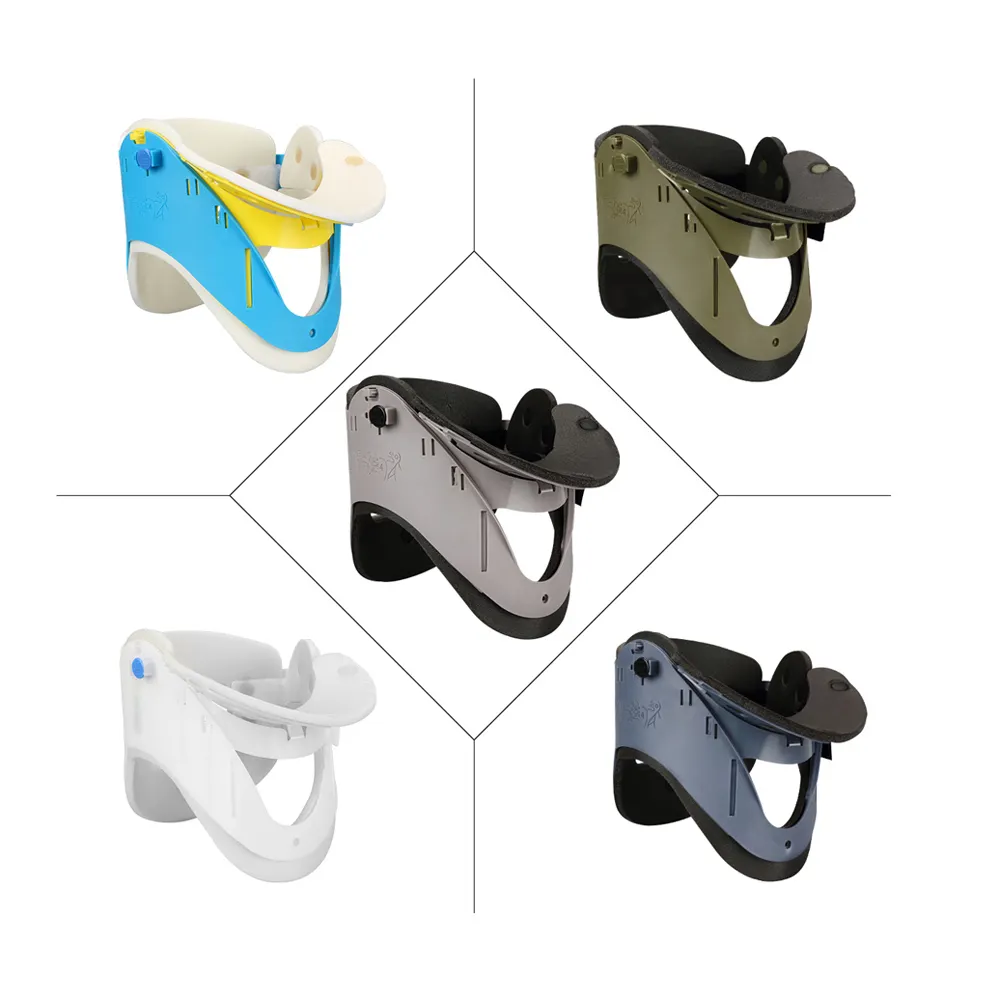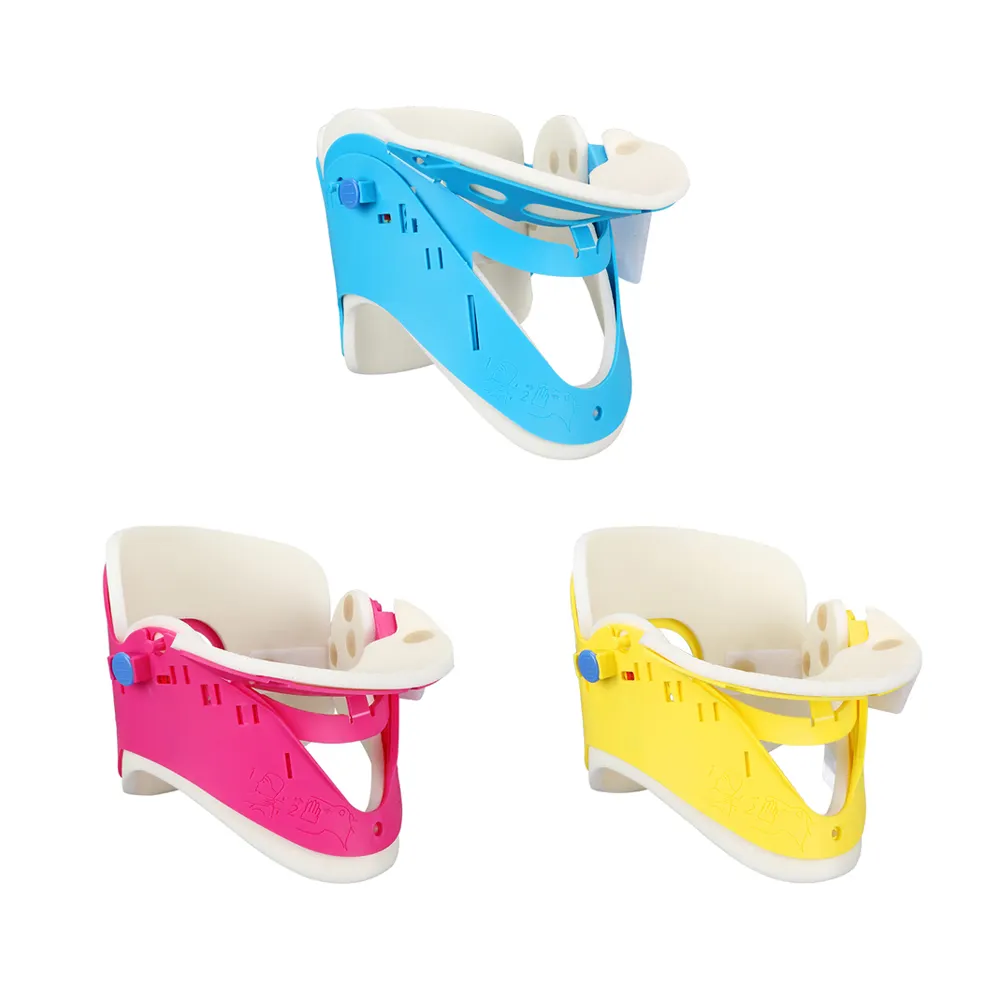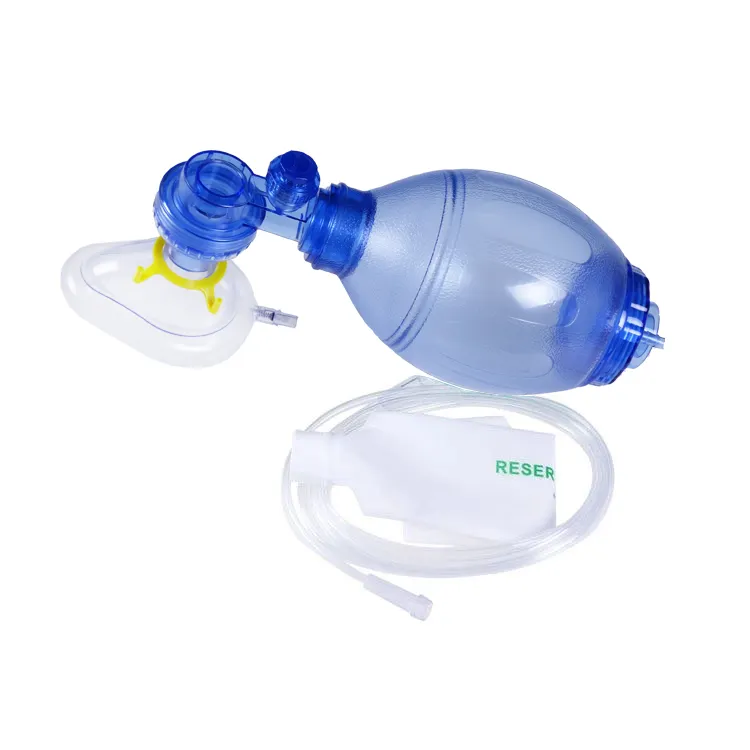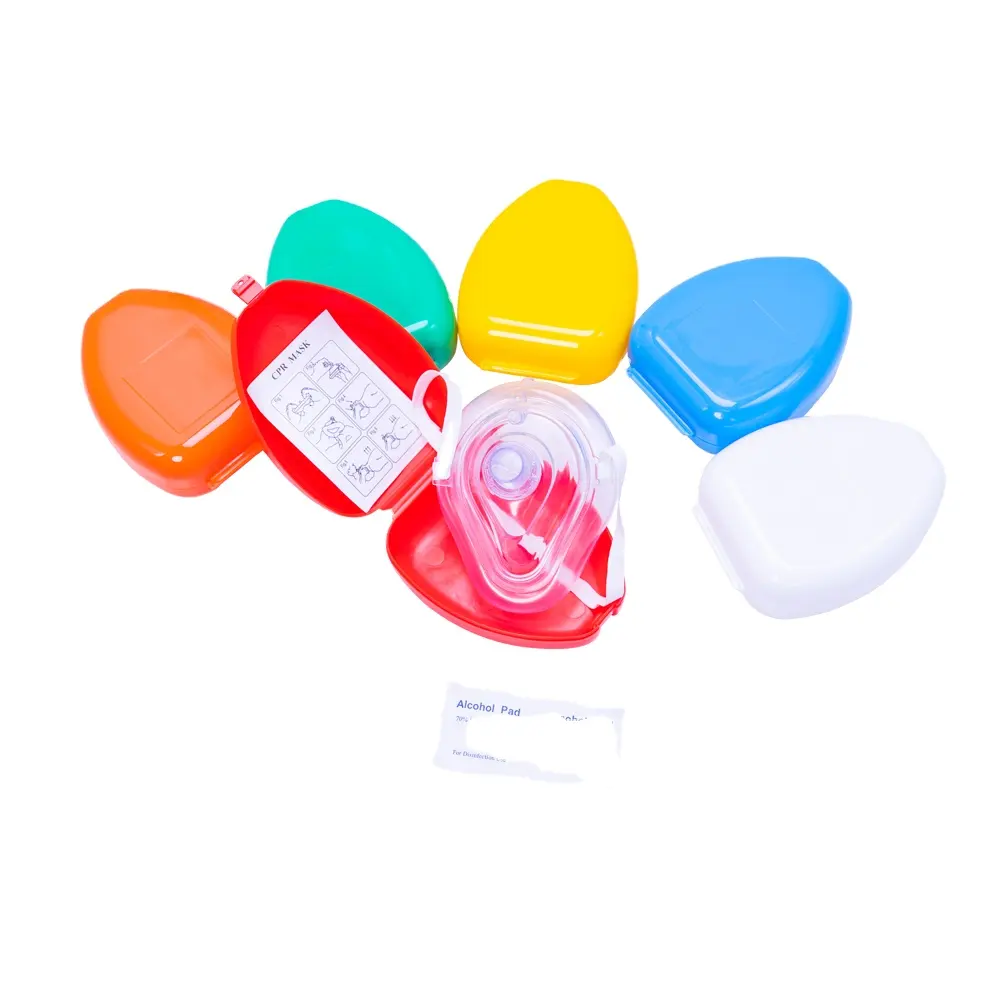Introduction
In 2023, the global metal finishing market reached $136 billion, with aluminum treatments accounting for 32% of demand (Grand View Research). While aluminum anodizing service remains popular, industries increasingly seek alternatives to address limitations like energy consumption, color consistency, and geometric constraints. For businesses requiring customized machining, understanding these options is critical for optimizing part performance, cost, and compliance with environmental regulations.
1. The Strengths and Limitations of Aluminum Anodizing
1.1 Why Anodizing Dominates Aerospace Applications
Boeing’s 787 Dreamliner uses 80% anodized aluminum components, leveraging their 60% improvement in fatigue resistance compared to untreated alloys. The process creates a porous oxide layer ideal for dyeing—a key requirement for aircraft part identification.
1.2 The Color Consistency Challenge
A 2022 study in Materials Today revealed that batch-to-batch color variations in anodizing exceed 15% for complex geometries, prompting automotive brands like Tesla to limit its use in visible EV components.
1.3 Environmental and Cost Considerations
Traditional anodizing consumes 400–600 kWh per ton of aluminum, with wastewater treat
ment adding 18–25% to operational costs—a pain point for EU manufacturers under REACH regulations.
2. Customized Machining Alternatives to Anodizing
2.1 Plasma Electrolytic Oxidation (PEO)
Case Study:
Rolls-Royce’s Trent XWB engines use PEO-treated aluminum turbine blades, achieving 200% higher wear resistance than anodized parts while reducing coating weight by 40%.
Technical Edge: Ceramic-like coatings (20–100 μm) with embedded lubricants
Customization Fit: Ideal for high-temperature components in customized machining workflows
2.2 Advanced Polymer Powder Coating
Industry Trend:
German automaker BMW’s i4 EV features powder-coated aluminum battery housings, combining 1,500-hour salt spray resistance with 30% faster curing than liquid paints.
Color Flexibility: RAL palette with ±2% consistency vs. anodizing’s ±8%
Sustainability: 99% material utilization vs. 60–70% in wet processes
2.3 Hybrid Electroless Nickel Plating (ENP)
Performance Data:
Lockheed Martin’s F-35 components use ENP-aluminum hybrids, showing 0.003 mm/year corrosion rates in ASTM B117 testing—5x better than Type III anodizing.
Conductivity Retention: <15% resistivity increase vs. anodizing’s 300%
Precision Compatibility: Tolerances down to ±0.005 mm for customized machining
3. Choosing the Right Solution: A Customized Machining Perspective
3.1 Application-Specific Decision Matrix
| Parameter | Anodizing | PEO | Powder Coating | ENP |
|---|---|---|---|---|
| Max Operating Temp | 80°C | 2,000°C | 150°C | 400°C |
| Thickness Range | 5–25 μm | 20–100 μm | 50–300 μm | 10–50 μm |
| Lead Time (Days) | 3–5 | 7–10 | 2–4 | 5–7 |
3.2 Cost-Benefit Analysis
For a batch of 10,000 aluminum brackets:
Anodizing: $12,500 (baseline)
PEO: $18,000 (+44%) but eliminates secondary lubrication steps
Powder Coating: $9,800 (-22%) with superior cosmetic yield
3.3 Sustainability Metrics
Carbon Footprint (kg CO2e/m²):
Anodizing: 8.7 | PEO: 6.2 | Powder: 3.9
4. Conclusion
While aluminum anodizing service remains vital, alternatives like PEO and powder coatings are redefining surface treatment paradigms. Through customized machining strategies, manufacturers can now select processes that align with exact mechanical, aesthetic, and ESG goals. As additive manufacturing enables increasingly complex geometries, this tailored approach will become the cornerstone of next-gen metal finishing.
References
Grand View Research. (2023). Metal Finishing Market Analysis.
Boeing Technical Report. (2021). 787 Dreamliner Material Specifications.
Materials Today. (2022). "Color Consistency in Industrial Anodizing."
BMW Group. (2023). i4 EV Production Whitepaper.
ASTM B117-19. Standard Practice for Operating Salt Spray (Fog) Apparatu
FAQs
1. What are the best alternatives to anodizing aluminum for customized machining?
Top alternatives include Plasma Electrolytic Oxidation (PEO), polymer powder coating, and electroless nickel plating (ENP), offering superior heat resistance (±0.005mm tolerance) and 30% faster curing for customized machining workflows.
2. Is powder coating cheaper than anodizing for aluminum parts?
Yes. Powder coating reduces costs by 22% vs anodizing (per 10k parts) with 99% material utilization, ideal for customized machining requiring RAL color consistency (±2%).
3. Which aluminum finishing method is most environmentally friendly?
Powder coating has the lowest carbon footprint (3.9 kg CO2e/m²), followed by PEO (6.2 kg). Both comply with EU REACH regulations for sustainable customized machining.
4. Can PEO replace anodizing for high-temperature applications?
Absolutely. PEO withstands 2,000°C (vs anodizing’s 80°C) and reduces coating weight by 40%, used in Rolls-Royce turbine blades via customized machining.
5. How to choose between anodizing and ENP for precision components?
ENP retains <15% resistivity increase and achieves ±0.005mm tolerance, preferred for F-35 fighter jet parts requiring customized machining precision.
Contact Info
Mr. Brook Lin
Job Title: Sales manager
E-mail: [email protected]
Mob/WhatsApp:+86 13599927066
Wechat:+86 13599927066 Skype:+86 13599927066
Country/Region: China (Mainland) Province/State: Fujian
Operational Address: Building 172, Tongan Industrial Zone, Tongan Area, Xiamen, Fujian, China (Mainland) Zip: 361100

